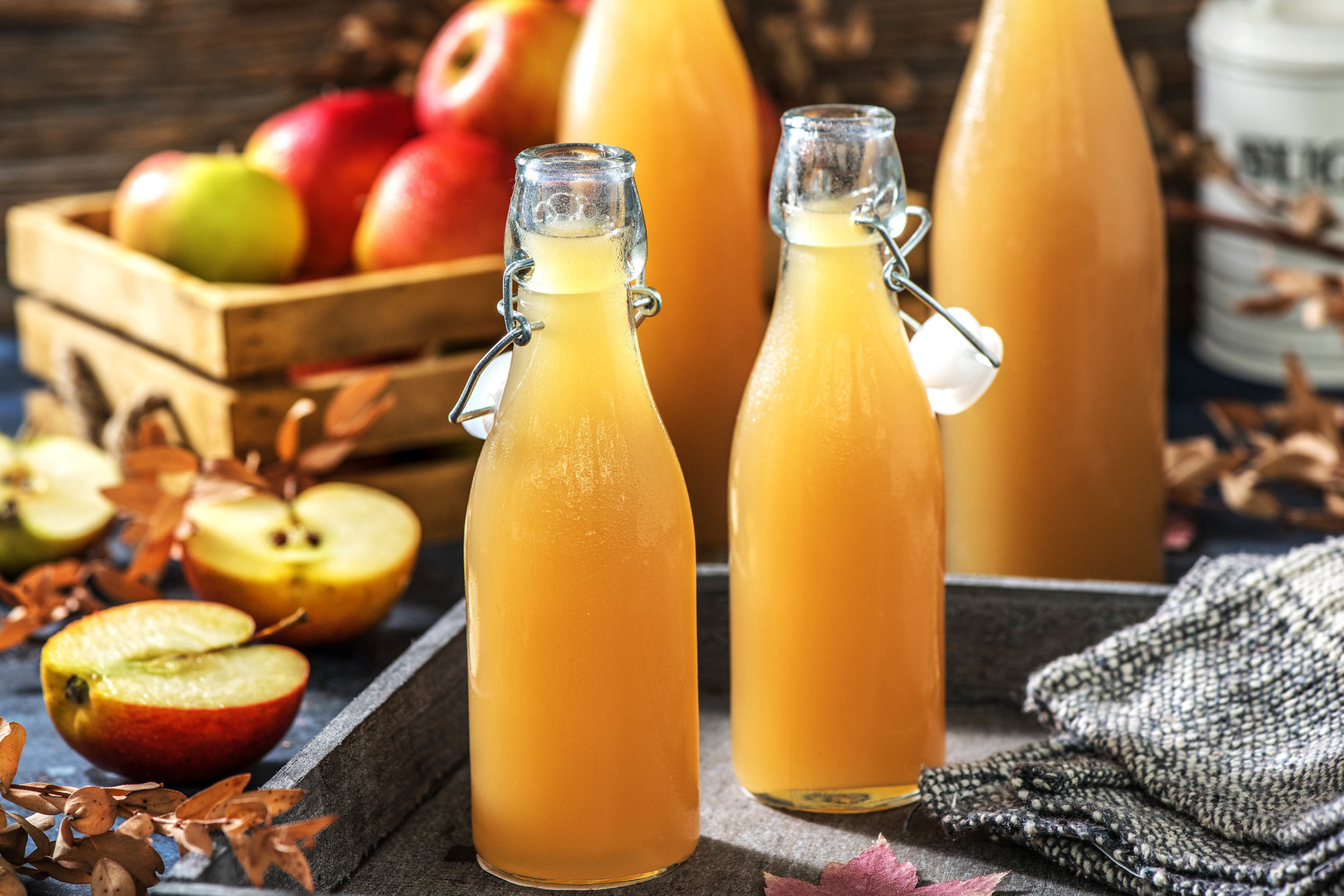

This recipe comes from The Ball Complete Book of Home Preserving, which has 400+ recipes and is a great resource for all things canning.

Sealed jars will maintain quality at room temperature on the pantry shelf for at least 12-18 months. (I’ve never had an unsealed jar when canning applejuice and just watch your headspace.) Let them sit there until sealed (canning lid pings), or up to 24 hours.Īfter 24 hours, store any unsealed jars in the refrigerator for immediate use. It’s easy enough to turn off the heat for 5 minutes before removing the jars, especially if you’re only doing one batch.Įither way, wait or not, remove the jars to cool on a towel on the counter. I haven’t found it nessisary when canning apple juice, but use your own best judgement. I generally only have sciphoning problems when I’m canning really thick preserves, like apple pie filling. This helps prevent sciphoning, or fluid loss from the rapid temperature change. Many books suggest then turning off the heat and allowing the jars to sit for 5 minutes to cool slightly in the water. Process the jars in a boiling water bath canner for 10 minutes. (Processing them indoors in a standard water bath canner also works, obviously. I can actually put up over 100 little half-pint “juice box” jars of apple juice in under an hour, and that’s easily a year’s supply for my two little ones. With the short process time, I’ve barely got it loaded before I need to start pulling jars out. Since it’s on two burners, it comes to a hard boil in 20-30 minutes, even though it’s pretty gigantic. It covers 2 burners on a high output propane stove and holds 50+ half-pint jars (or 36 pints).

Out here, I use a large capacity Amish Canner. I’m canning in my outdoor canning kitchen since Vermont has spectacular fall weather and I don’t want to miss a second of it. Tighten to finger tight, and then use a jar lifter to place the jar into a water bath canner. Headspace for canning apple juice is minimal, only 1/4 inch.Īfter the jar is filled, wipe the rim with a clean towel and apply a 2 part canning lid. (That’s the same for just about any juice since the processing time is so short and there are no solids to pop up and dislodge the lid.) The headspace for canning apple juice is minimal, only 1/4 inch.
#Homemade apple juice recipe full
If you filter it, be sure to bring it back to a full rolling boil before pouring into canning jars. (That’s optional, but will yield a clearer juice.) If you’ve juiced it yourself, it helps to boil it hard and then pour it through cheesecloth to remove any solidified pectin. In a separate pot, bring the apple juice to a full rolling boil. Prepare a water bath canner, clean jars and two-part canning lids. Regardless of how you’ve obtained the juice, actually canning apple juice is pretty straightforward.
#Homemade apple juice recipe how to
It gets it out of the plastic jug, which is better for long term storage, and you can process it into small jars for single-serving “juice box” half-pints.) How to Can Apple Juice (If you happen to find a high quality 100% apple juice at the store, without any other ingredients, you can also can that in glass jars. If you do have a juicer or press, just skip that part and go straight to canning. The recipe below is adapted from their instructions and starts with 24 pounds of apples to yield about 6 quarts of prepared juice. Now I make and can homemade apple juice for my preschoolers, using convenient half-pint glass jars for single servings of juice.ĭon’t have a juicer or a cider press? No worries.īall canning actually has a pretty simple process for extracting juice from fresh apples without any equipment besides a stockpot. It’s wonderfully efficient and makes crystal clear apple juice (and just about any other juice). I happened to find an old Breville juicer secondhand for a few bucks. Believe it or not, storebought apple juice is often full of artificial flavorings (and boatloads of sugar). My kids though, they’re all about apple juice, and if my littles are going to be drinking something I’d prefer to know it’s wholesome.

I’m all about fresh apple cider, and we press our own every year on an old school double-barrel cider press. I’ll admit, apple juice wasn’t really a part of my pantry until I had kids. Canning apple juice is easy to do at home, with or without a juicer.


 0 kommentar(er)
0 kommentar(er)
